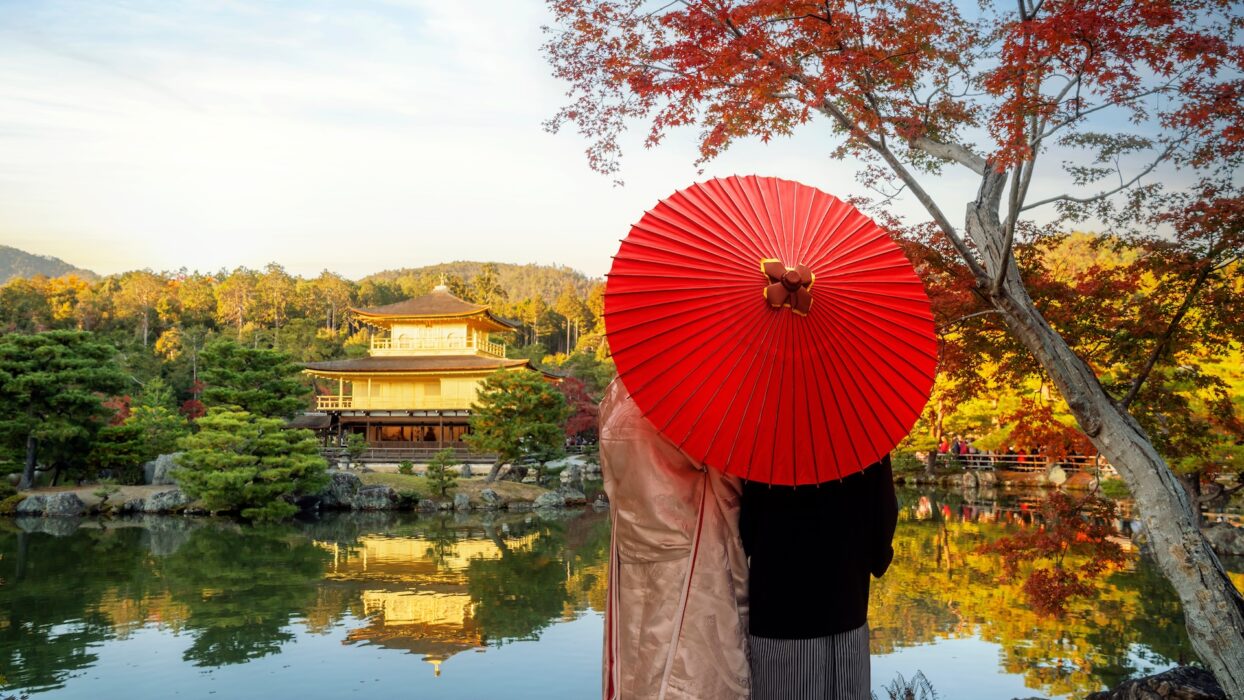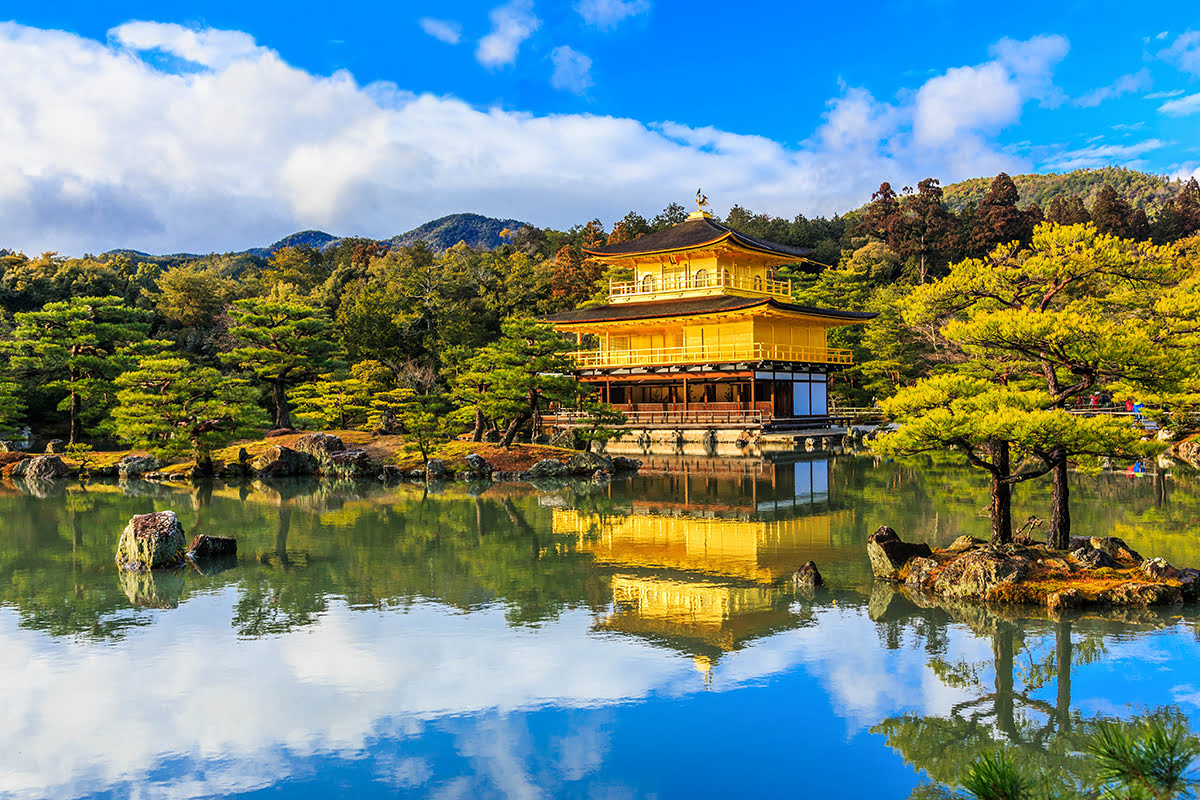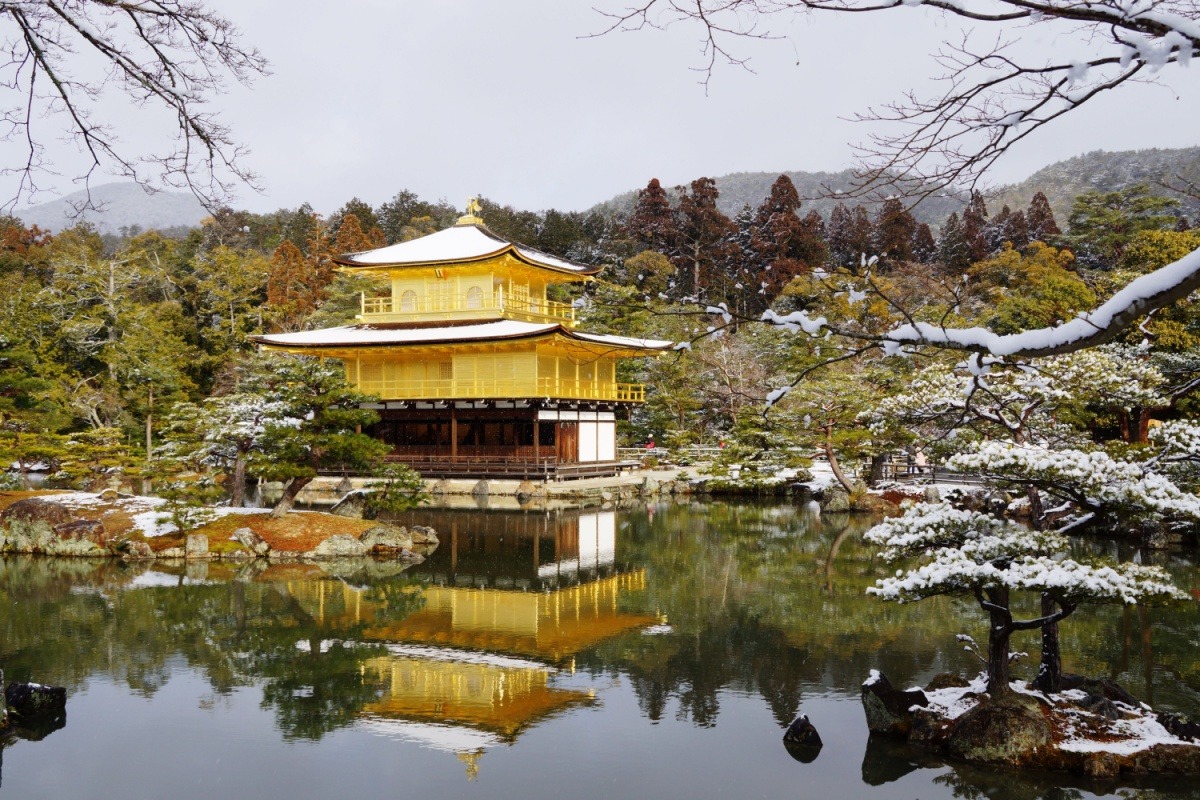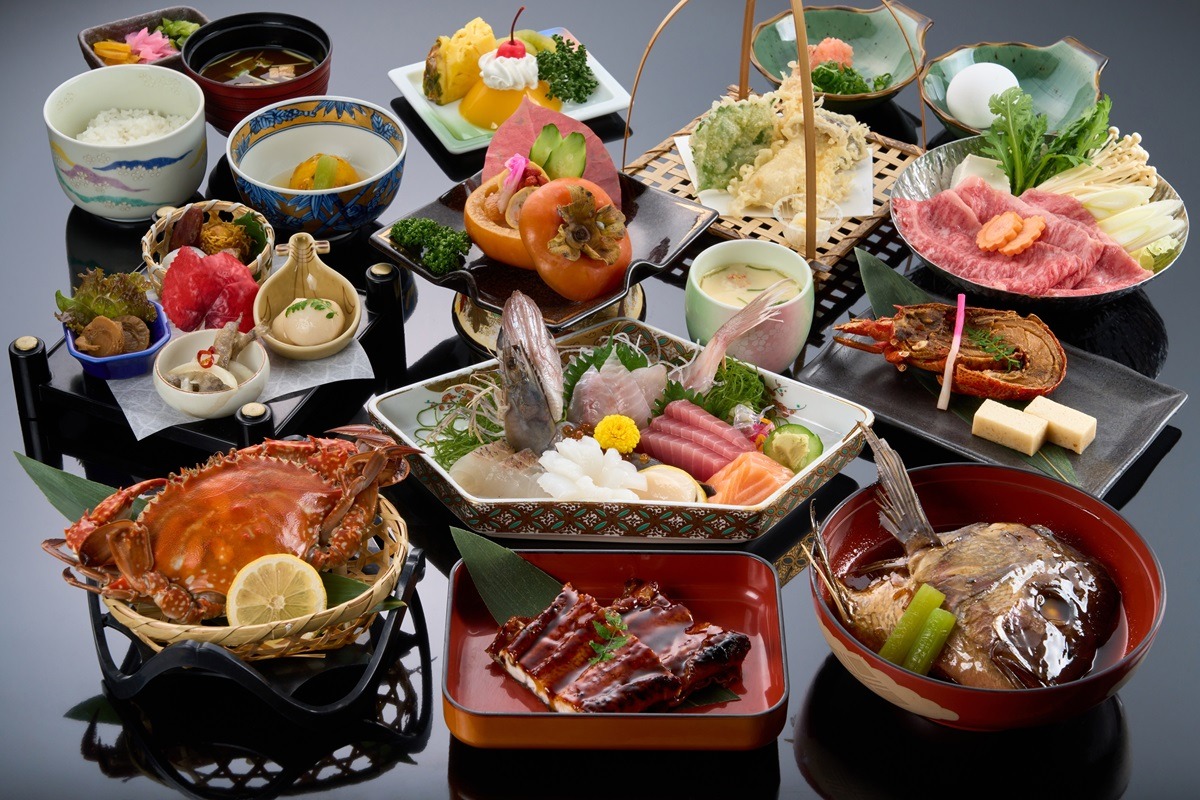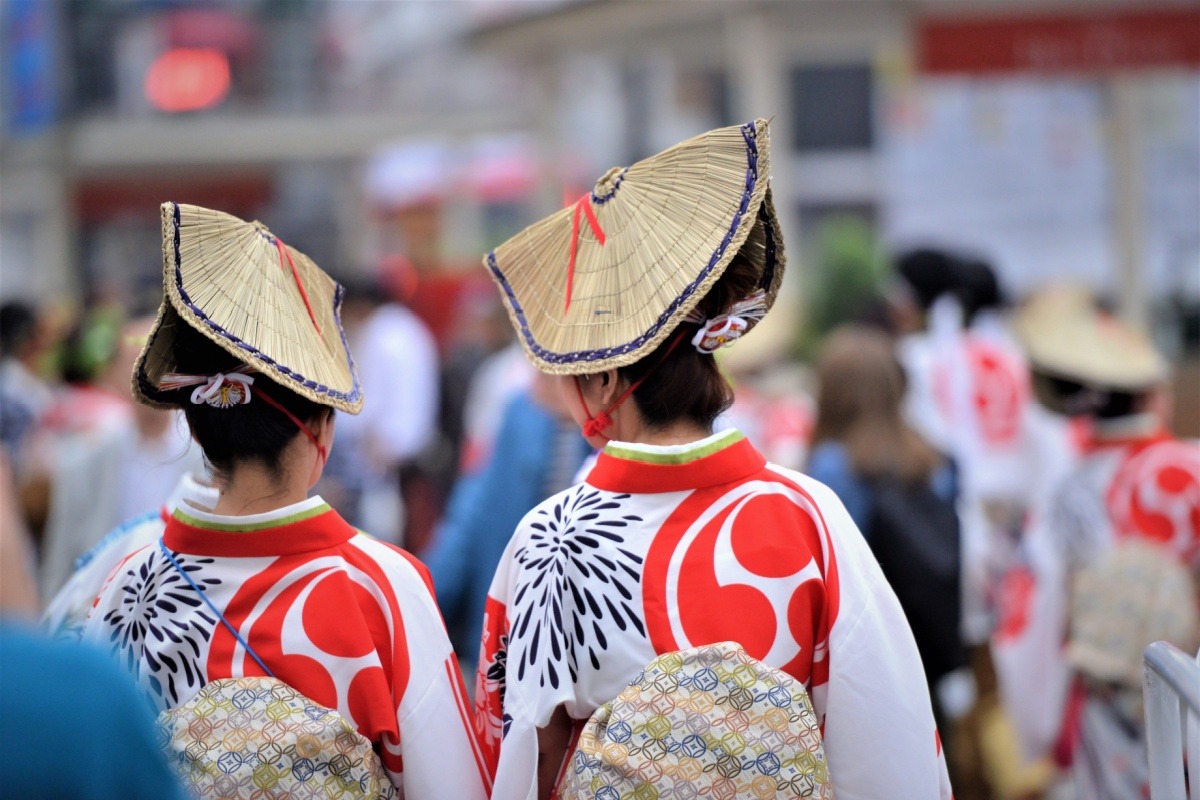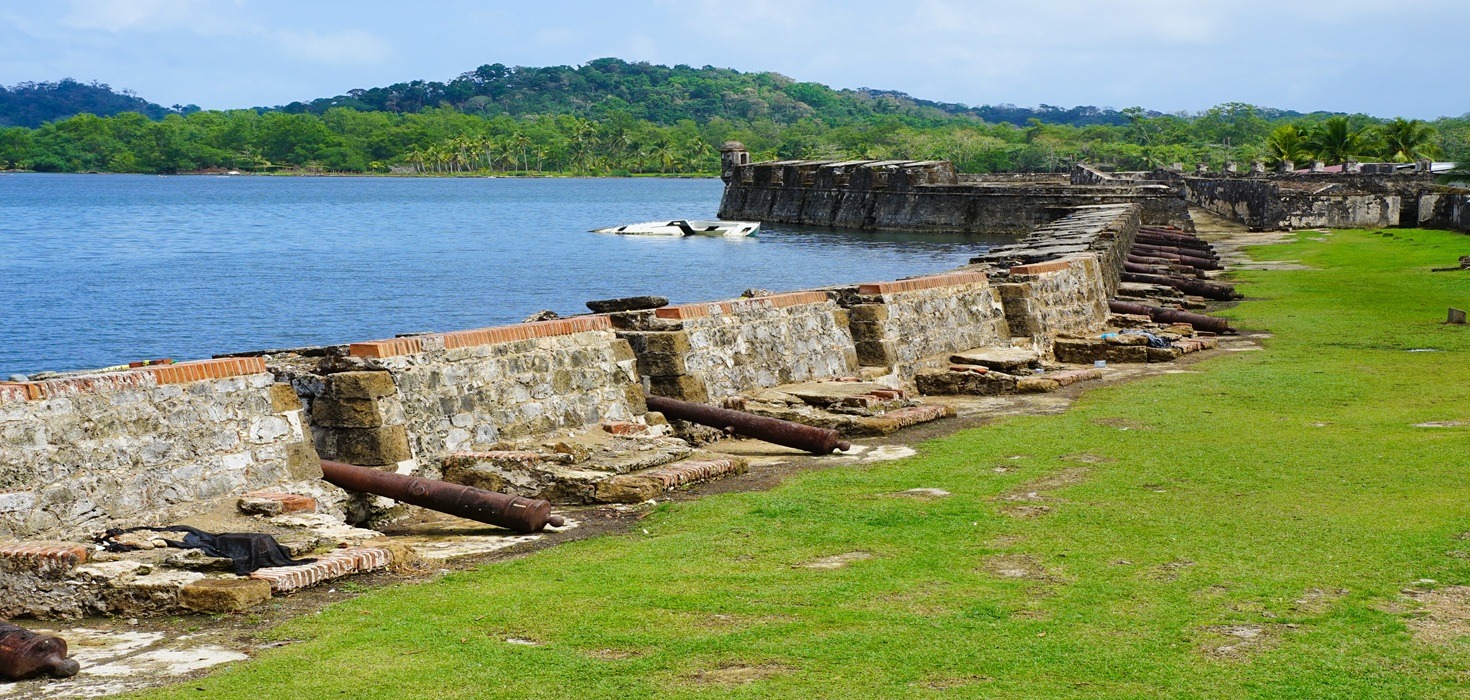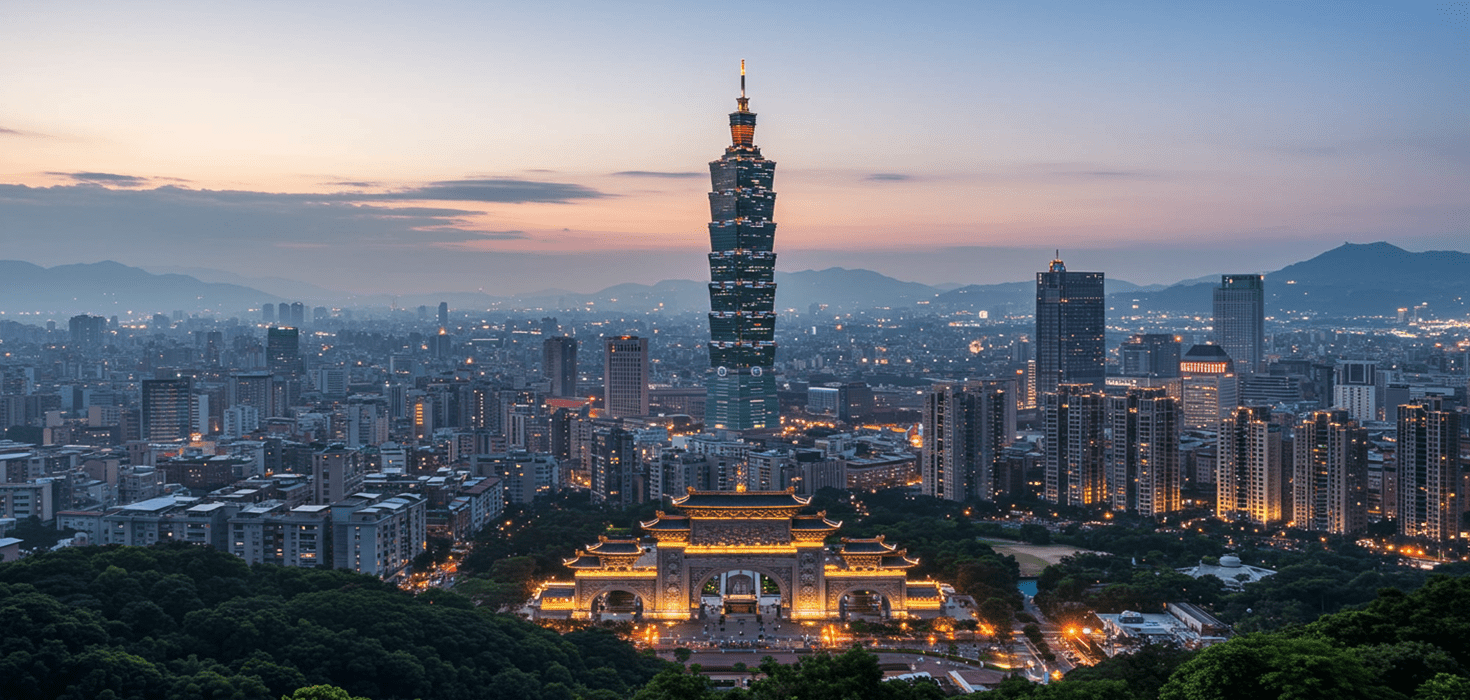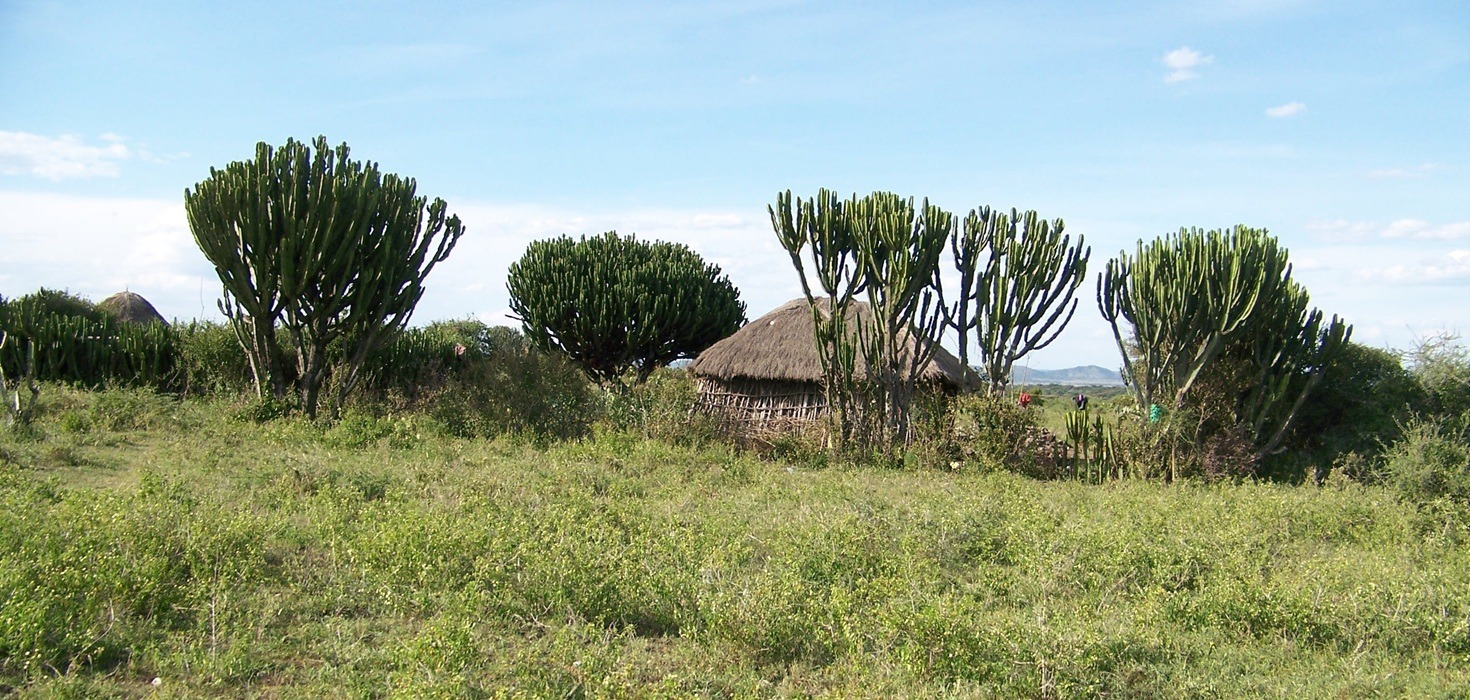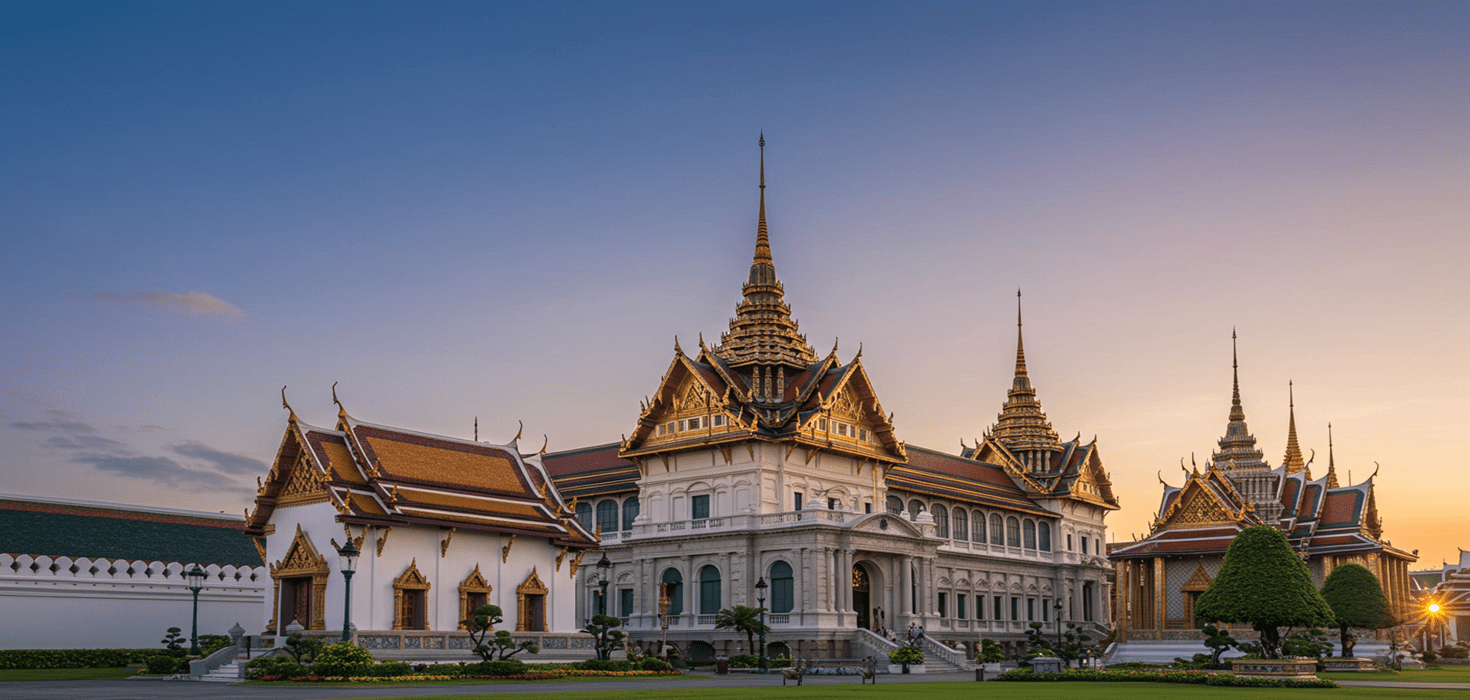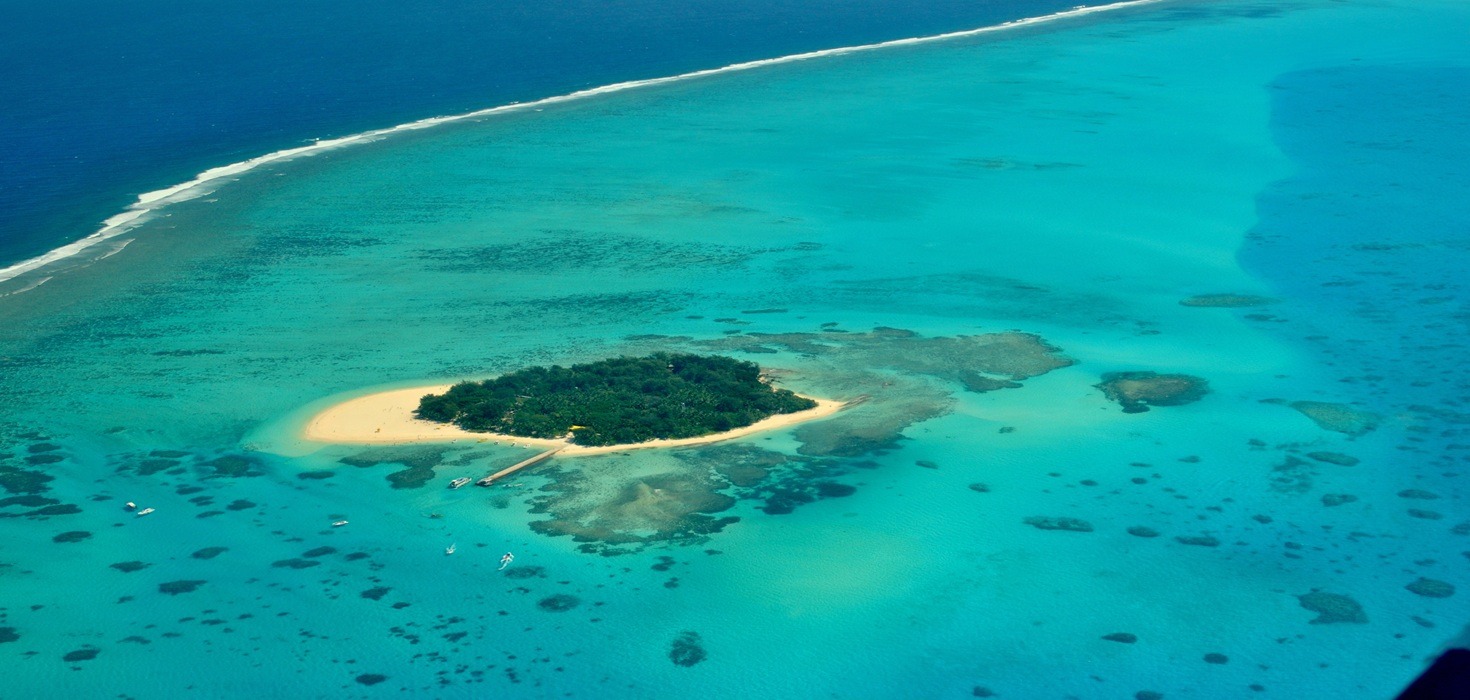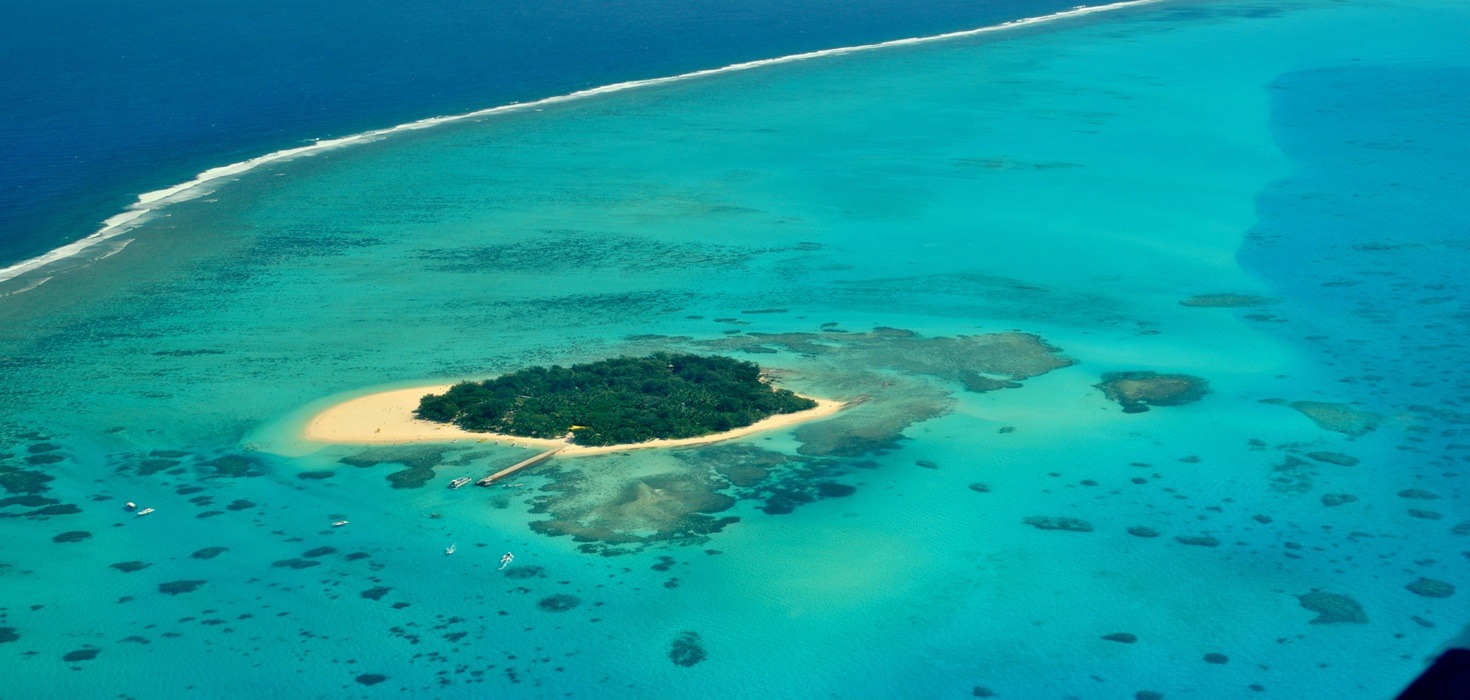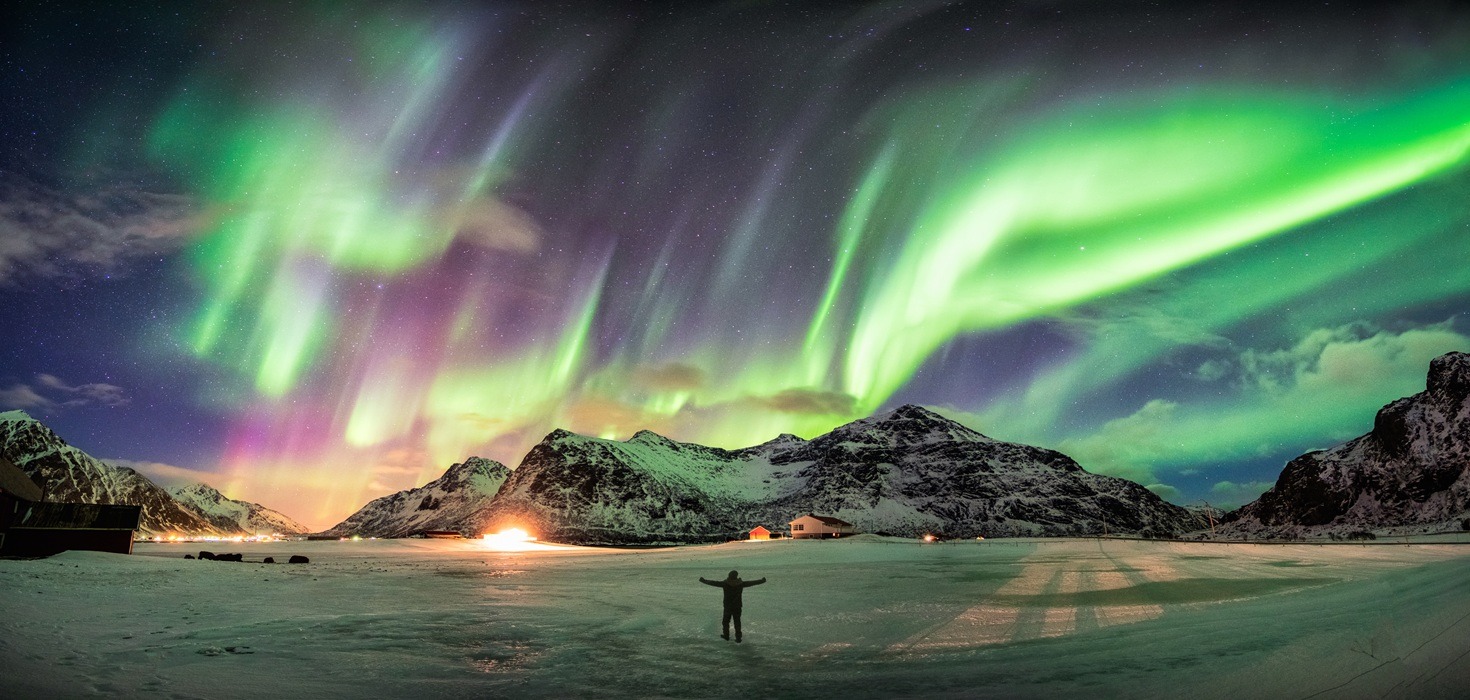Kinkakuji Temple, also known as the Golden Pavilion, is one of Kyoto’s most iconic landmarks. With its striking golden exterior reflecting beautifully in the surrounding pond, this Zen temple is a must-visit for any traveler exploring Kyoto. This guide will take you through Kinkakuji’s rich history, architectural wonders, and practical tips for an unforgettable visit.
History of Kinkakuji Temple
Kinkakuji Temple, officially named Rokuon-ji, was originally built in 1398 as a retirement villa for shogun Ashikaga Yoshimitsu. After his death, it was converted into a Zen temple. The temple has endured various reconstructions and restorations, especially after it was burned down in 1950 by a monk suffering from mental illness. The current structure, rebuilt in 1955, maintains its historical charm and grandeur.
The temple has been a symbol of Kyoto for centuries, representing the changing seasons and the ephemeral beauty of nature. Each reconstruction has aimed to preserve its authenticity while adding subtle enhancements to withstand time and the elements better.
Architectural Brilliance
The Golden Pavilion stands as a testament to the opulence of Muromachi-era architecture. The top two floors of the pavilion are covered entirely in gold leaf, and the first floor is designed in the Shinden-zukuri style used for palace buildings during the Heian Period. The statue of Yoshimitsu rests on the top floor, a tribute to the shogun who once called this villa his home.
The pavilion’s architectural style is a unique blend of three distinct architectural traditions. The first floor, built in the Shinden style, features natural wood pillars and white plaster walls. The second floor, in the Bukke style, contains elements of Samurai houses, while the top floor showcases traditional Zen temple architecture with its golden exterior. The fusion of these styles creates a harmonious balance between martial and religious aesthetics.
Detailed Day-by-Day Itinerary for Visiting Kinkakuji
Day 1: Arrival and Evening Stroll
Upon arriving in Kyoto, check into your hotel and take some time to relax. In the late afternoon, head to Kinkakuji to catch the evening light glistening off the Golden Pavilion. Spend your first evening enjoying a traditional Japanese meal at a nearby restaurant.
Day 2: Early Morning Visit
Start your day early to beat the crowds at Kinkakuji. Arriving at opening time will allow you to enjoy the peaceful atmosphere and take photos without too many people around. Follow the walking paths through the gardens, and make sure to visit the Sekka-tei Teahouse for a serene tea ceremony experience.
Day 3: Nearby Attractions
After another morning visit to Kinkakuji, explore nearby attractions such as Ryoanji Temple, famous for its rock garden, and Ninnaji Temple, known for its beautiful grounds and historic buildings. These sites offer additional insights into Kyoto’s rich cultural and religious heritage.
Day 4: Cultural Immersion
Spend your fourth day immersing yourself in Kyoto’s culture. Take part in a traditional Japanese tea ceremony, visit a local museum, or participate in a calligraphy workshop. In the evening, stroll through the historic Gion district and perhaps catch a glimpse of a geisha or maiko.
Day 5: Relaxation and Reflection
Dedicate your final day to relaxation and reflection. Revisit Kinkakuji in the early morning or late afternoon for one last look, then unwind at an onsen (hot spring) or spa. Reflect on your experiences and enjoy the tranquil ambiance of Kyoto before your departure.
Personal Traveler Stories
John’s Experience: “Visiting Kinkakuji was a highlight of my trip to Kyoto. The golden pavilion against the backdrop of autumn leaves was stunning. I highly recommend arriving early to fully appreciate its beauty in the calm of the morning.”
Emily’s Story: “The reflections of the Golden Pavilion on the Mirror Pond were breathtaking. I spent hours exploring the gardens and taking photos. Each season must bring a new perspective to this enchanting place.”
Local Voices
Mr. Tanaka, Local Guide: “Kinkakuji is more than just a temple; it’s a symbol of Kyoto’s beauty and history. Each architectural detail tells a story, and the gardens are designed to harmonize with the natural landscape. Every visit feels like a new experience.”
Culinary Delights Near Kinkakuji
Kyoto’s cuisine is as rich and varied as its history. Near Kinkakuji, you’ll find several traditional restaurants offering local delicacies such as kaiseki (multi-course meal), yudofu (tofu hot pot), and seasonal fish dishes. For a sweet treat, try matcha (green tea) desserts, which perfectly complement the serene ambiance of the temple surroundings.
Festivals and Events
Depending on the time of your visit, you might be able to witness a local festival. The Gion Matsuri in July is one of Japan’s most famous festivals, featuring parades, traditional music, and dance. Another notable event is the Jidai Matsuri in October, a historical reenactment parade that showcases Kyoto’s rich history.
Practical Tips for Travelers
Language and Communication
While many signs in Kyoto are bilingual, learning a few basic Japanese phrases can enhance your travel experience. Common phrases like “Konnichiwa” (Hello), “Arigatou” (Thank you), and “Sumimasen” (Excuse me) can go a long way in making connections with locals.
Weather and What to Pack
Kyoto experiences four distinct seasons. Pack light and breathable clothing for summer, and warm layers for winter. Comfortable walking shoes are essential, as you’ll be exploring many outdoor sites. Don’t forget a good camera to capture the stunning landscapes and architectural details.
Interactive Activities for Different Types of Travelers
For Families
Families will enjoy the lush gardens and open spaces around Kinkakuji. Engage children with a scavenger hunt for different plant species or architectural details. Many nearby parks and attractions offer family-friendly activities and amenities.
For Couples
Kinkakuji provides a romantic setting with its serene ponds and lush gardens. Couples can enjoy a peaceful walk, followed by a traditional tea ceremony. The tranquil ambiance makes it an ideal spot for a romantic getaway.
For Solo Travelers
Solo travelers will find Kinkakuji a perfect place for reflection and mindfulness. Take your time exploring the temple at your own pace and enjoy the solitude. Consider joining a guided tour to meet fellow travelers and learn more about the site’s history.
Shopping Guide
Kyoto is famed for its traditional crafts and souvenirs. Near Kinkakuji, you’ll find shops selling unique items such as Kyo-yaki pottery, delicate washi paper, and traditional fans. Don’t miss the opportunity to bring back a piece of Kyoto’s rich cultural heritage.
Visiting Kinkakuji Temple is a serene and enriching experience that offers insight into Japan’s rich cultural heritage. Whether you are a history enthusiast, a photography buff, or simply looking to enjoy the serene beauty of Kyoto, Kinkakuji Temple is a must-visit destination.

